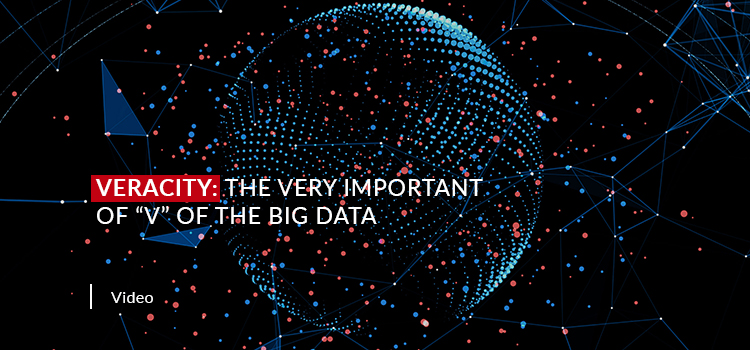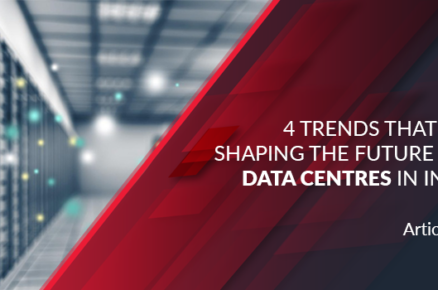If data is organized or unstructured, is equally important as it frames the business results. The information itself, however, is not the only factor that is liable for these results. From a business perspective, how you measure which data enables you to tie the valuation of the information to its potential as well as promotes decisions that lead to positive business outcomes. You have to have a large data analytics platform to do it.
Four V’s of Big Data
When you have a platform which can calculate across the four Vs — veracity, volume, variety, and velocity — and you can extend information outcomes to effect onboarding, retention, customer acquisition, up-selling, cross-selling, and other income-generating indicators.
The very first step to discerning its signal from the noise if it comes from the big data would allow you to understand the value of data veracity.
In other words, veracity enables filter into what is important and what’s not, and ultimately it produces a better understanding of data as well as how to contextualize it so that action can be taken.
What Is the Data Veracity?
In particular, data veracity is to see how accurate as well as truthful a set of data can be. But, it takes on a little more meaning of data analysis.
When it comes to the accuracy for big data, it is not only the value of the data as a whole but also how trustworthy this is to the source of data, type, as well as the process.
Removing things such as bias, defects as well as inconsistencies, duplication, but also volatility is just a few elements that make big data more accurate.
The second piece of data veracity involves ensuring that the real data processing method is meaningful based on business requirements and that the output is relevant to goals.
If incorporating main market research to big data, this is especially important. The correct interpretation of big data ensures that results were relevant or actionable.
Why It is Important?
Analytics is extremely complex as well as the means to understand and interpret are still completely conceptualized.
Whereas many people think deep learning will be of great use to analyze big data, there will be a need for statistical techniques to ensure the quality of the data and the application of big data to market analysts.
For instance, you don’t download from the web an industry report and using it to act. Alternatively, you would probably validate it and use it before formulating all your findings to notify extra research.
Big data are no different; without justifying as well as explaining it, you can’t take big data as it can be. But, unlike many other online research practices, to statistics, big data has no solid foundation.
This is why we have spent time understanding information management systems and big data to precede pioneering methods of integrating, aggregating, and interpreting data with study-grade precision such as the tried and true methods we’re used to. In addition to the use of primary information to help create more contexts but also retain the veracity of insights; part of all these methods involves indexing as well as washing the data.
Several organizations cannot spend the time they need to discern how well a big data source, along with the processing method, supports a high degree of truthfulness. This can help to work with such a partner who has an understanding of the large data foundation to market research.
Types of the Big Data
It was possible to find Big Data into three types:
- Semi-structured
- Structured
- Unstructured
Structured
Any data that could be stored, accessed as well as processed as just a fixed format is called “organized” data. Over moment, computer science talent is more successful in creating techniques for working with others and deriving importance from such information (where the layout is well established in advance).
Unstructured
Some unknown form, as well as structure data, was categorized as unstructured data. Aside from the enormous size, non-structured information poses various challenges of its processing to derive value from it.
Semi-structured
Semi-structured data may contain all data types. We could see non-structured data in form when structured, but this is not described in relational DBMS, for instance, with either a table definition. The semi-structured data instance is indeed a data defined in an XML document.












